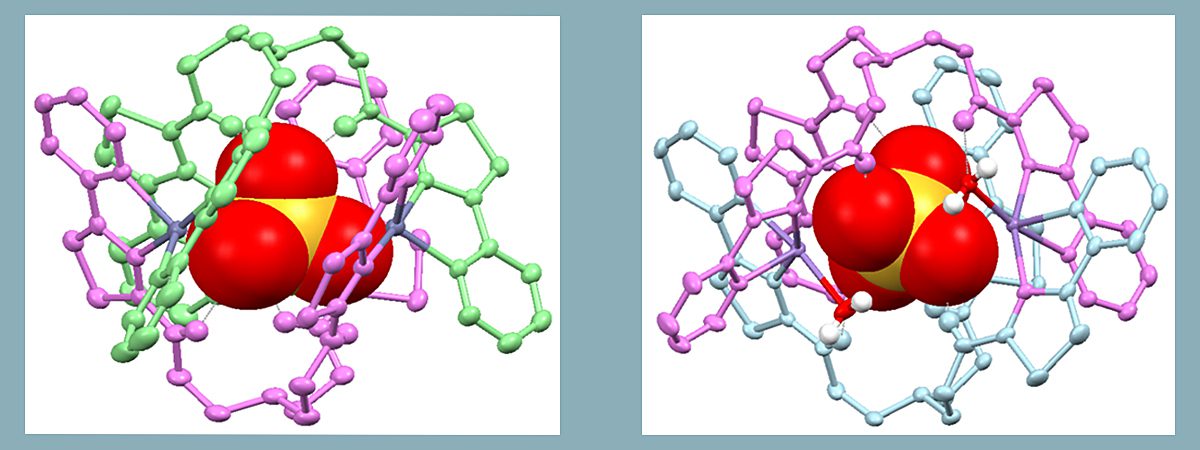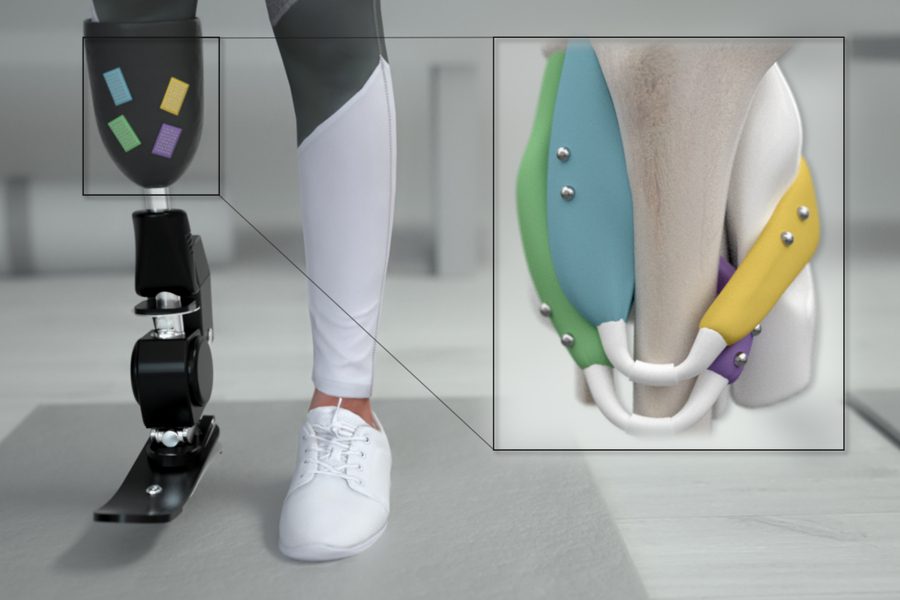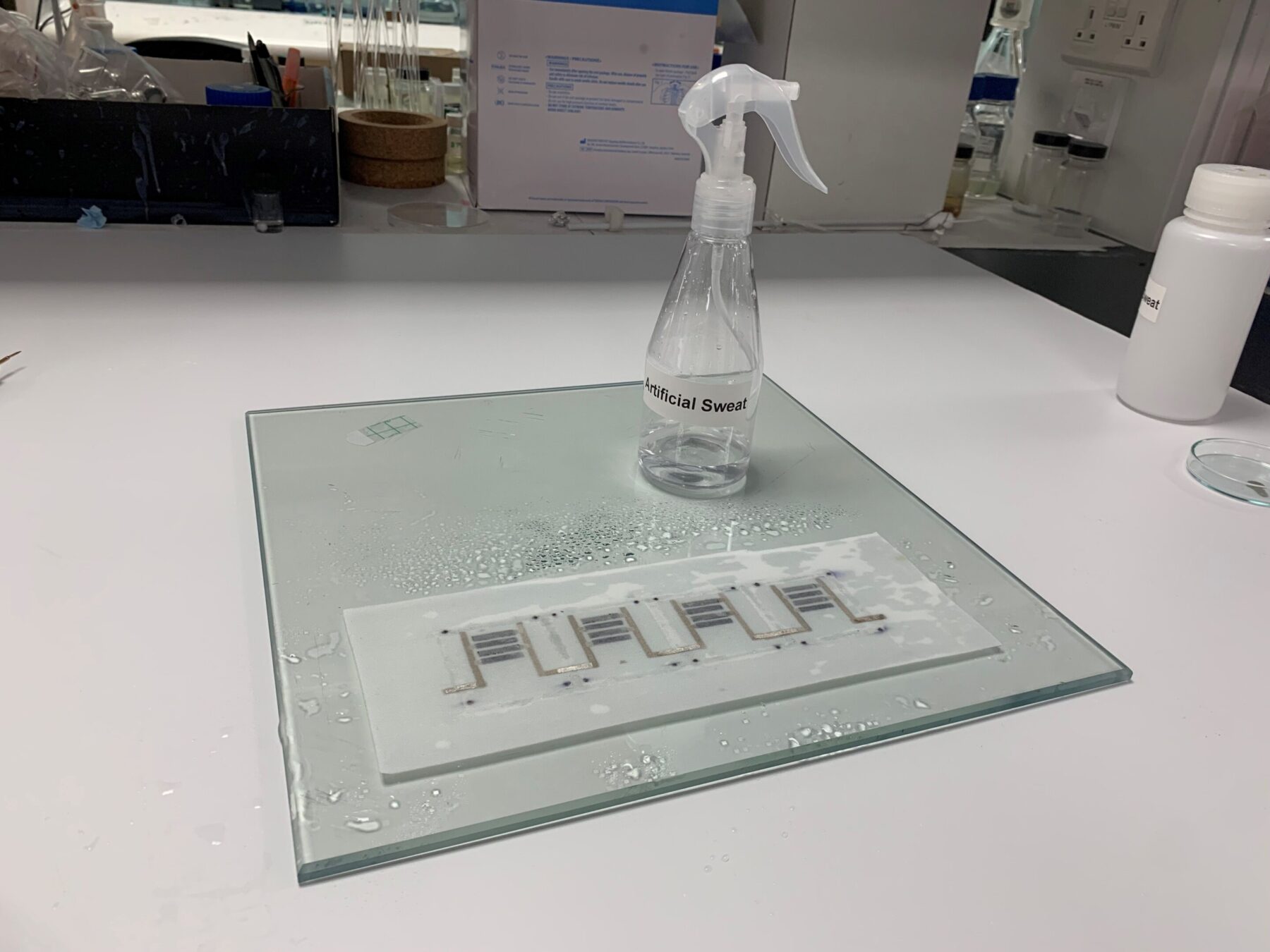
Two different compounds (pictured above) were generated using zinc (left) and manganese (right). Whilst these two compounds ‘look’ very similar the zinc compound demonstrated excellent anti-cancer activity and selectivity towards a range of cancers in the laboratory whereas the manganese compound was comparatively much more toxic, meaning there was more anti-cancer activity at a lower concentration, with similar selectivity compared to current drugs tested.
A team of scientists at the University of Huddersfield has discovered chemical systems that self-assemble into molecular capsules which are highly toxic towards human cancer cells of a range of different tumour types, and which have demonstrated unprecedented cancer selectivity in the laboratory that, in some cases, are many thousands of times more toxic to the cancer cells compared to healthy, normal cells
ONE of the most challenging aspects of cancer treatment is the huge variety of different tumours that can occur with each one potentially requiring a different solution because unfortunately, one drug does NOT fit all. In addition, another major issue of many current drugs is their poor selectivity towards cancers resulting in problems such as normal tissue toxicity, severe side effects and the development of drug resistance.
Now, a team of scientists at the University of Huddersfield is researching how to combat these challenges by using “self-assembled” drugs and although the research is in its very early stages, they’ve already had a breakthrough.
The science behind self-assembly
Self-assembly is the ability to instruct chemical systems with specific information so in the correct environment they will spontaneously generate biologically active compounds. Using this process many different compounds can be rapidly and easily formed with each different self-assembled drug having different chemotherapy properties.
“In the future, it may be possible to target many cancers through this approach with the correct drug ‘self-assembled’ in such a manner to be selective for a specific cancer.”
Professor Craig Rice
In an article published by the journal Nature Communications, the University’s Professor Roger Phillips, Dr Simon Allison and Professor Craig Rice demonstrate chemical systems that self-assemble into molecular capsules which are highly toxic towards human cancer cells of a range of different tumour types.
More importantly, they show unprecedented cancer selectivity in the laboratory that, in some cases, are many thousands of times more toxic to the cancer cells compared to healthy, normal cells.
Cancer therapy without severe side-effects
Eventually, if similar results are obtained in more complex testing systems including in patients, and once considered safe after careful testing, it could offer the possibility of being able to treat cancers without the severe side effects commonly associated with chemotherapy drugs.
“Anti-cancer drug discovery and development can be enormously time consuming and expensive with a particular drug only being effective against a relatively small number of cancers with specific shared properties,” explained Professor Rice who heads the University’s Department of Chemical Sciences and is also the Director of the Structural, Molecular and Dynamic Modelling Centre within the School of Applied Sciences.
“In the future, it may be possible to target many cancers through this approach with the correct drug ‘self-assembled’ in such a manner to be selective for a specific cancer,” said Professor Rice.
Targeting hard-to-treat cancers
The research could also pave the way in targeting hard-to-treat cancers for which commonly used chemotherapy drugs have little or no effect.
The published studies show the new potential drug can be assembled with either zinc, copper, or manganese, with the three metal ions imparting significantly different chemotherapeutic properties via different mechanisms dependent upon which metal ion is used.
“It is this which allows the generation of different chemical systems each of which may have specificity for different cancers,” he said.
Original Article: Cancer therapy breakthrough in vitro using self-assembled drugs
More from: University of Huddersfield
The Latest Updates from Bing News & Google News
Go deeper with Bing News on:
Self-assembled drugs
- NTU scientists develop revolutionary drug delivery system inspired by caterpillars
the process of self-assembly presents a cost-effective and environmentally friendly alternative to traditional methods of manufacturing nanostructures. This technique could pave the way for more ...
- Student Assembly Introduces Measures to Prevent Bias, Implement Date-Rape-Drug Test Kits Following Controversy
Resolution 75 calls for increasing transparency, implementing anti-bias training and allocating funding for date-rape kits.
- Will make Jalandhar drug-free
I was born and brought up and studied in Jalandhar and worked here. People have seen the BJP candidiate’s work. The Congress candidate came from 160 km away. He is a failed politician, who lost badly ...
- The Hidden-Pregnancy Experiment
We are increasingly trading our privacy for a sense of security. Becoming a parent showed me how tempting, and how dangerous, that exchange can be.
- He Went From Prison to Politics. Now He Helps Others Get a Second Act.
Assemblyman Eddie Gibbs of East Harlem has used his experience to help people reinvent themselves, including a high-flying 1990s rapper who went to prison for murder.
Go deeper with Google Headlines on:
Self-assembled drugs
[google_news title=”” keyword=”self-assembled drugs” num_posts=”5″ blurb_length=”0″ show_thumb=”left”]
Go deeper with Bing News on:
Cancer therapy without severe side-effects
- PET Scans May Identify Patients With Breast Cancer Who May Not Need Chemo
PET scans were helpful in determining which patients with HER2-positive early breast cancer may be able to skip chemotherapy.
- How the drug abemaciclib treats breast cancer
The anti-cancer drug abemaciclib (also known as Vernezio) has been added to the Australian Pharmaceutical Benefits Scheme (PBS) to treat certain types of breast cancer.
- Combo Therapy May Be Advance Against Liver Cancer
A new combination therapy appears to boost the response rate for liver cancer patients receiving immunotherapy, accordin ...
- Coping in the aftermath of a cancer diagnosis
Science X is a network of high quality websites with most complete and comprehensive daily coverage of the full sweep of science, technology, and medicine news ...
- Still No Evidence COVID-19 Vaccination Increases Cancer Risk, Despite Posts
It has not been shown that COVID-19 vaccines cause or accelerate cancer. Yet opponents of the vaccines say ... administered under close monitoring systems that have found serious side effects are rare ...
Go deeper with Google Headlines on:
Cancer therapy without severe side-effects
[google_news title=”” keyword=”Cancer therapy without severe side-effects” num_posts=”5″ blurb_length=”0″ show_thumb=”left”]










